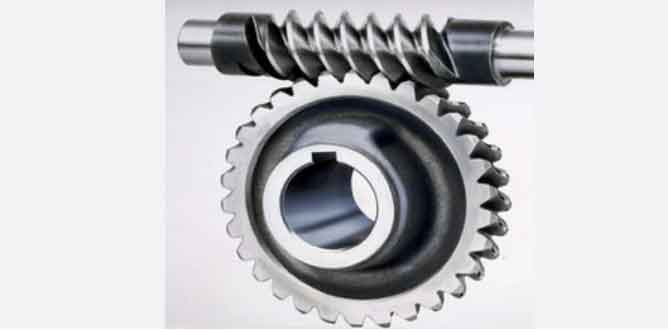
Efficiency of Worm Gears:
Worm gears, due to their sliding motion, typically exhibit lower efficiency compared to other types of gears, such as spur or helical gears. The sliding contact between the worm and worm wheel results in higher friction losses, leading to a reduction in mechanical efficiency. However, advancements in materials, lubrication, and gear design have significantly improved the efficiency of modern worm gear systems.
The efficiency of a worm gear system is influenced by several factors, including the helix angle, gear ratio, material selection, and lubrication. Properly chosen materials and lubricants can reduce friction and improve the overall efficiency of the gear system. Additionally, ensuring proper alignment and meshing between the worm and worm wheel is essential to minimize energy losses.
Despite lower efficiency compared to other gear types, worm gears offer several advantages that make them well-suited for specific applications.
Applications of Worm Gears:
Worm gears are widely used in various industries and applications due to their unique characteristics. Some of the common applications of worm gears include:
- Automotive Steering Systems: Worm gears are commonly employed in automotive steering systems, providing a smooth and precise mechanism for turning the wheels.
- Lifting and Hoisting Equipment: Worm gears are extensively used in lifting and hoisting equipment, such as cranes and elevators, due to their self-locking feature, which prevents backdriving and ensures load holding capabilities.
- Conveyor Systems: Worm gears are utilized in conveyor systems to control the movement of materials at a constant speed or with adjustable speed control.
- Machine Tools: Worm gears are found in various machine tools, such as milling machines and lathes, for their ability to achieve significant speed reduction and torque multiplication.
- Packaging Machinery: Worm gears are used in packaging machinery to regulate the movement and synchronization of different components.
- Textile Industry: Worm gears are employed in the textile industry for controlling the speed and movement of spinning and weaving machines.
- Robotics: Worm gears are utilized in robotic joints to provide precise and controlled motion.
- Valve Actuators: Worm gears are commonly used in valve actuators for their ability to provide accurate control over valve movements.
- Wind Turbines: Worm gears are utilized in wind turbines to convert the low rotational speed of the blades into higher rotational speed required for electricity generation.
- Agricultural Equipment: Worm gears are used in various agricultural machinery and equipment, such as tractors and harvesters.
While worm gears may not be the most efficient gear type, their unique characteristics, such as high gear ratios, self-locking capability, and precise motion control, make them indispensable in many specific applications. By carefully considering the requirements of the application and optimizing gear design, worm gears can provide reliable and efficient solutions across various industries.
